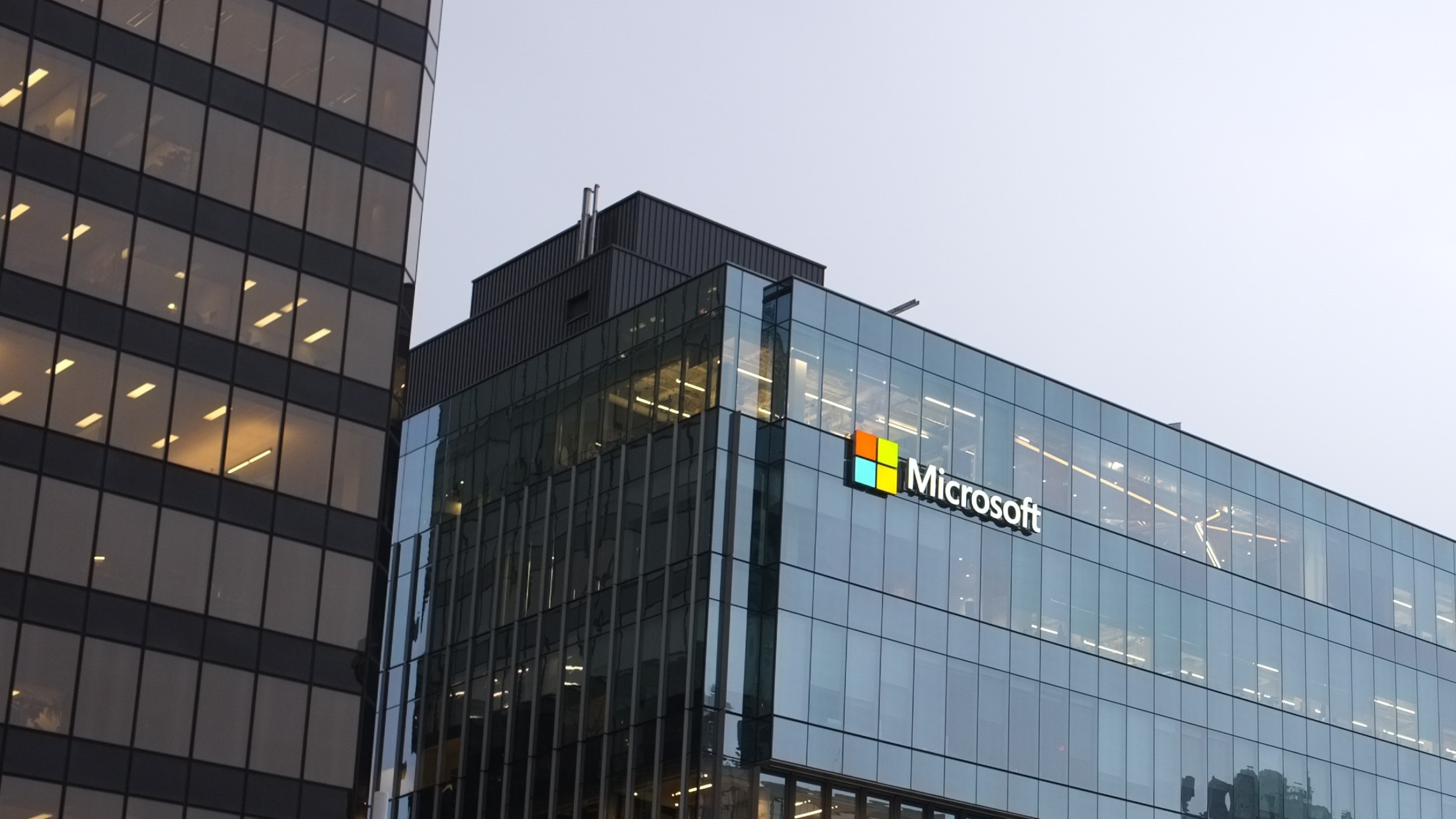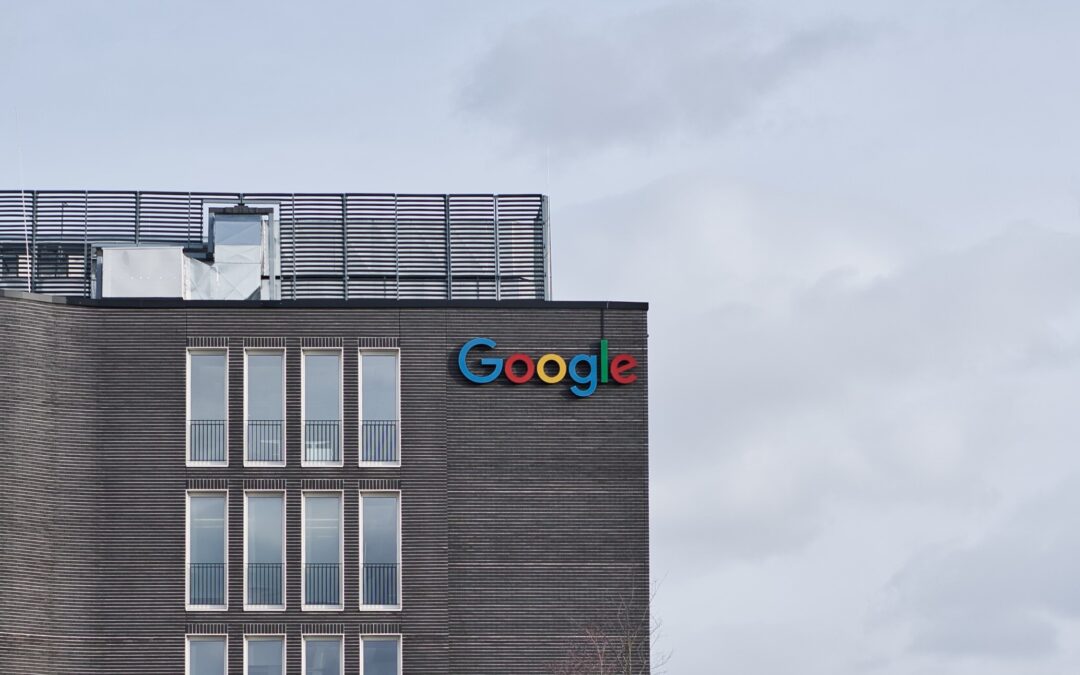
How Microsoft aims to make its data centers more efficient

Most recent
Microsoft is rapidly expanding its data center fleet, whilst simultaneously experiencing soaring energy costs and trying to meet climate targets.
Microsoft has seen its energy bill soar with hundreds of millions of dollars and sees resistance for hyperscale data centers at competitors. In order to maintain profits and a strong brand image, it has set out a quest to reduce its carbon emissions and run its data centers more efficiently.
Data centers energy usage
Data centers are the highway to our digital lives, connecting the world through massive servers scattered across the globe. As more services are becoming available, from navigation to digital assistants, technology providers have to scale up these infrastructure behemoths to meet growing demand. To operate these facilities, vast amounts of energy and water are required. Heat has to be moved away from the fragile equipment as they process countless incoming requests. In order to keep up, technology companies are building so-called hyperscale data centers. Massive enterprise-sized facilities with thousands of servers that are working around the clock. But their roll-out comes at the price.
As data centers morph into hyperscale facilities, they put massive strains on local grids and water reservoirs. The International Energy Agency (IEA) points out despite the alarming headlines, nuance is in order. Data centers accounted for 1 percent of the total global electricity demand. Data center operators have made progress over the years to reduce energy consumption. Since 2015, the total energy demand has fallen, with the greatest progress being made in terms of infrastructure electricity usage. In 2015, infrastructure required 84 TWh, this figure has fallen dramatically to 59 TWh in 2021. Some of the efficiency gains have been nullified by scaling up servers who saw their energy demand increase from 88 TWh in 2015 to 109 TWh in 2021.
Traditional data centers and non-hyperscale cloud data centers, have made room hyperscale facilities, who, through their rapid roll-out, are seeing exponential growth in electric demand. In 2015, hyperscale data centers consumed 31 TWh in electricity, with their demand almost tripling by 2021, to 87 TWh.Meanwhile traditional data centers have become out of fashion, with their share in the energy mix falling sharply from 98 TWh in 2015 to 33 TWh in 2021. The IEA comments that hyperscale data centers have greater cooling efficiency, requiring less units of energy than smaller facilities.
However, energy efficiency might sound great on paper, local grids have to meet the demand of those electricity hungry facilities. Hence, companies like Microsoft are accelerating their efforts to decrease their impact on local communities and prevent protests that block further expansion of their data centers as witnessed with Google and with a Microsoft data center in the Netherlands, which saw farmers filing complaints against the construction of one of its data centers.
Renewable energy for Microsoft data centers
In December 2020, website Data center knowledge spoke with Microsoft’s general manager of energy and sustainability, Brian Janous, about the company’s plans to construct a sustainable data center in Sweden and the technology that will manage its energy needs, for itself and its customers. The modern facility will incorporate its Azure IoT technology to continuously measure energy consumption to maximize the usage of renewable energy. The facility will be a partnership with Vatenfall, who will match and deliver renewable electricity to the facility on an hourly basis.
Janous highlighted that Microsoft data centers are powered by renewable energy, with the grid serving as an intermediary. Through its technology, it can better match demand. Janous explained, “The Azure-based 24×7 Matching solution ensures that there is direct and exact matching between the amount of renewable energy supplied and the consumption of the customer.” Furthermore, reporting ensures that each unit of renewable energy is only purchased and sold once.
Diesel backup generators
In January 2020, Microsoft announced it would shift to full renewable energy to power its data centers, buildings and campuses by 2025. A few months later, the company declared it would phase out diesel back-up generators. Diesel generators are widely used at data centers as they are a reliable back-up when extreme weather conditions disrupt the flow of electricity to these facilities. The company however is quick to point out that diesel back-up generators account for only 1 percent of its total carbon emissions, however it remains committed to reduce emissions wherever it can. Microsoft has been working diligently to switch to cleaner alternatives ever since.
In June 2021, the company announced it incorporated the first lower-carbon renewable fuel for backup power for its data center region in Sweden. The facility would run its back-up generators on Preem’s Evolution Diesel Plus. Preem is the largest petroleum and biofuel company in Sweden and its fuel contains at least 50 percent renewable raw material. Microsoft highlights that by adopting the sustainable fuel alternative, it can decrease its net carbon dioxide emissions. Renewable fuel however leads to heated debates as it can serve as a greenwashing instrument for corporations such as airlines and car manufacturers, who claim to make giant leaps in decarbonization while such fuels are far more damaging than regular fuels.
Giving Microsoft the benefit of the doubt, the company expects promising results from its collaboration with Preem. In the joint press release, Corporate vice president, cloud operations and innovation at Microsoft, Noelle Walsh, explained, “[…] we believe it is important to help accelerate the global transition away from fossil fuels and a step to help drive demand for sustainably-sourced, low-carbon fuels.” Reaffirming that diesel is but a minor part of the company’s total emissions. VP Head of Sales at Preem, Christian Bjerdén, added that the fossil fuel company wants to be part of the energy transition and is eager to help organizations such as Microsoft to decarbonize their operations.
Grid-independent Microsoft servers
An alternative route is creating data centers that are wholly independent from the grid. In March 2022, Microsoft announced it would construct a grid-independent data center in southern Finland. The data center will be powered through the company’s Azure Availability Zones, a fancy term for facilities that have independent power, networking and cooling to prevent disruptions. Waste heat from the facilities will be converted into district heating in the cities of Espoo, Kauniainen and Kirkkonummi. Excess heat will be managed by the Fortum Corporation, who redistribute the heat through a network of insulated pipes to commercial and residential properties. By using waste heat, cities can reduce their fossil fuel energy generation.
Finland is not a random location. The Scandinavian country is home to technology companies such as Nokia and Klarna, boasting a strong digital infrastructure. President of Microsoft Western Europe, Cindy Rose, explained, “Finland is at the forefront of digitalization and innovation, and the nation’s world-class companies and forward-looking public sector organizations are leading in the digital transformation of their sectors.” Adding that Fortum and Microsoft will deliver a solution that will revolutionize data center design. By providing waste heat to households, public buildings and offices, significant steps can be made to reduce carbon emissions. Markus Rauramo, President and CEO of Fortum, highlighted that the facility would deliver a carbon emissions reduction of up to 400,000 per year.
Improved Power Usage Effectiveness
In April 2022, Microsoft shared its PUE (Power Usage Effectiveness) and WUE (Water Usage Effectiveness) metrics for the first time. The publication is far later than that of its primary competitors, Google, who’ve been actively sharing their energy performance for several years. In the blog post, Corporate Vice President, Cloud Operations and Innovation, Noelle Walsh, explains that its essential to measure its decarbonization efforts to meet targets set at the COP26. Microsoft, in this regard, has been fairly late to the party and only recently announced how it aimed to become carbon negative.
Walsh describes how each industry has their own challenges in terms of measuring carbon emissions. It’s no secret that data centers require enormous quantities of water and energy, which can lead to public resistance. Microsoft is no exception to the rule and knows it has to reduce its impact on the local environment to prevent it from falling in a PR-doom spiral. Walsh explains that Microsoft designs its data centers to be as efficient as possible and reach the optimal PUE rating. The company is however in the beginning stages of making its data centers more efficient, as it has yet to meet its own PUE target of 1.
Microsoft claims it has already reached a PUE rating of 1.12, but in several regions it has to optimize data center efficiency to inch closer to the elusive “1” rate. In the Americas, it has performed better than the set target of 1.22, where facilities in actuality have a PUE of 1.17. This above expectation performance has also been measured in Europe, Africa and the Middle East. However, it has fallen short of its target of 1.32 in the Asian Pacific region, where data centers perform far less efficiently than desired. Data centers in these regions reached a PUE rating of 1.405, which is higher than the initially anticipated 1.32.
The need to make data centers more efficient is also driven by their enormous costs. In October 2022, amidst soaring energy costs, Microsoft revealed it had to pay $800 million more in energy costs. Price increases have mostly occurred in Europe, where energy shortages resulted in steep price hikes for hyperscale data centers. Data Center Knowledge points out other hyperscale data centers have been affected by the price hikes. Which dampens business performance. In order to cut costs, hyperscale providers might be looking at their employee count to see whether balance sheets can be improved.
Data center water usage
Up to now, a lot of efforts that have been employed by Microsoft are aimed at reducing electricity consumption. However, there’s another critical component that is essential to operating data centers, water. Data centers around the world use billions of gallons of water each year to cool their servers. Water is pumped into cooling towers, chillers, heat exchangers and air conditioning. DGTL Infra notes that water is also used for humidification and maintenance. Data centers can find themselves in water scarce regions, turning them into a huge toll for communities who are already faced with water shortages. In order to prevent civil unrest in the form of protests and political reluctance, Microsoft is dedicated to reducing its water usage as much as possible.
In October 2021, Microsoft announced it would aggressively reduce its water consumption, aiming to reduce water usage by 95 percent by 2024 and phase out water altogether over the long term. The tech company coined the term water positive, a strategy where it will explore every possible avenue to reduce water consumption by 2030. The 95 percent reduction in 2024, will result in a decrease in water usage of up to 5.7 billion liters per year going forward. Microsoft notes it will keep researching liquid immersion cooling, which allows for existing hardware to deliver 20 percent performance without hurting the components. By optimizing usage of existing hardware, data centers can become dense through more efficient server rack design.
Reducing energy and water usage
Data centers are power hungry, require vast amounts of water, putting a massive burden on the local and global environment. Technology companies like Microsoft are in a race to decrease their reliance on local grids by ramping up renewable energy generation and creating grid-independent data centers. Microsoft however has a long way to go to. It only started sharing its performance recently and its ambitions to decrease carbon emissions. In this regard, Microsoft is falling behind. Its decision to opt for renewable fossil fuels also leaves room for debate. Nonetheless, efforts to reduce energy consumption should be applauded. Even if it’s only to bring its balance sheet in order.
Further reading

How Google plans to reduce data center energy consumption
Data centers at Google are the beating heart of its operations. But they require vast amounts of electricity. ...
Most recent

How Myanmar lost 30% of its forest in 30 years
Myanmar is seeing deforestation rates increase rapidly. In the last three decades, the country already lost 30 percent...

Portugal’s struggle to part with fossil fuels
Portugal is heavily reliant on fossil fuels and its love affair with the fossil fuel industry makes transitioning to...

Climate change spells uncertain future for winemakers
Winemakers ride into an uncertain future as climate change spells greater uncertainty for their businesses. Climate...


